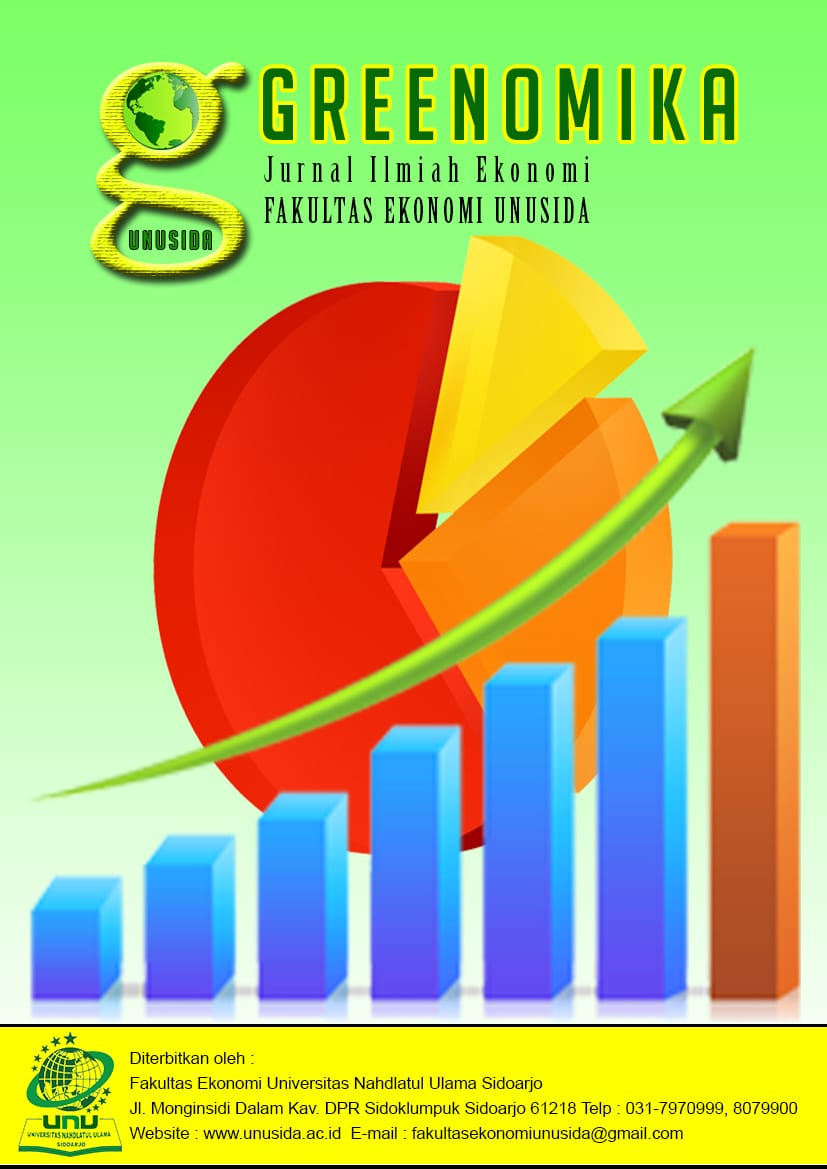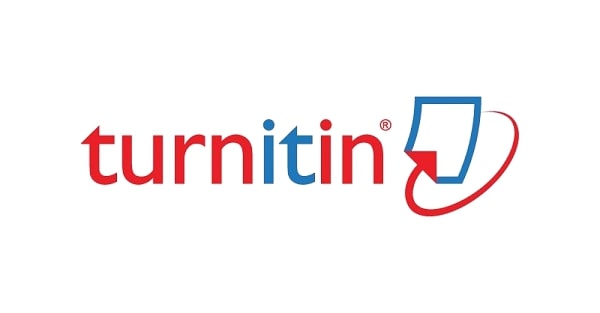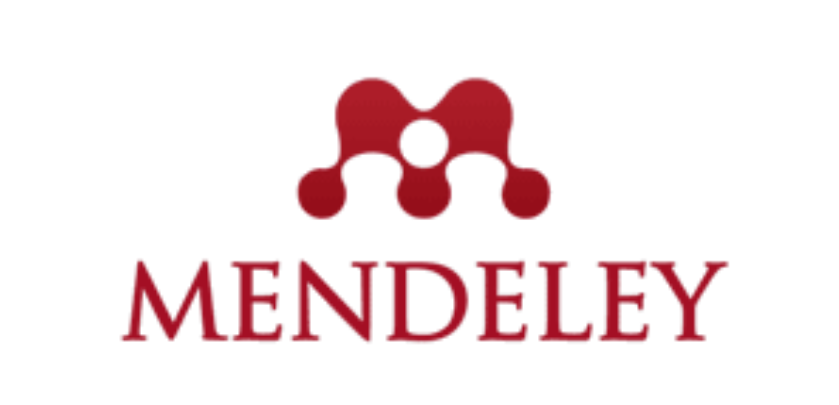ANALISIS TINGKAT KESEHATAN BANK DENGAN MENGGUNAKAN METODE RGEC DAN DAMPAKNYA TERHADAP PENINGKATAN JUMLAH NASABAH
DOI:
https://doi.org/10.55732/unu.gnk.2021.03.1.2Keywords:
Risk profile, Good Corporate Governance, Earnings, Capital, Costumer IncreaseAbstract
Covid-19 has an impact on the weak economy of the community, banking sector is a sector that helps improve the economy of the community in the midst of the covid-19 pandemic. The level of health of the bank is in the interests of all relevant parties, both owners, bank administrators, community users of bank services, Bank Indonesia applies bank supervision authority or other parties. If the bank's assessment is declared "healthy" or "very healthy", it will have an impact on increasing the number of customers be it the number of deposit customers, financing or services. The sample used in this investigation is financial dataPT. Bank Mandiri 2016-2020. The purpose of this study was to find out the influence of Risk Profile, Good Corporate Governance, Return on Asset, and Capital Adequacy Ratio on the increase in the number of customers at Bank Mandiri. The sample used in this study is the financial data of PT. Bank Mandiri 2016-2020. Data usage technique is to use SPSS. Based on the RGEC Test against Bank Mandiri it is known that Bank Mandiri's performance in 2016-2017 has excellent Risk Profile, Good Corporate Governance, Return on Asset, and Capital Adequacy Ratio values. This study shows that risk profile, good corporate governance, return on asset, and capital adequacy ratio have an effect both partially and simultaneously on the increase in the number of employees in independent banks.
References
Christian, F. J., Tommy, P., & Tulung, J. (2017). Analisa Kesehatan Bank In 530 Jurnal EMBA (Vol. 5, Issue 2). www.bi.go.id
Fatimah, Nur. 2021. Analisis Kesehatan Bank Konvensional di Masa Pandemi Covid-19 (Studi Pada Bank Danamon Indonesia Tbk). Prosiding National Seminar on Accounting, Finance, and Economics (NSAFE), 2021, Vol. 1 No. 6, Hal 154- 161.
Hendrayana, Putu Wira. 2015. Pengaruh Komponen RGEC Pada Perubahan Harga Saham Perusahaan Perbankan Di Bursa Efek Indonesia. ISSN: 2302-8556 E-Jurnal Akuntansi Universitas Udayana 11.1 (2015): 74-89
Khalil, Muhammad. 2016. Analisis Penggunaan Metode Risk Profile, Good Corporate Governance, Earning, And Capital (RGEC) Dalam Mengukur Kesehatan Bank Pada Bank Umum Syariah Di Indonesia Periode 2012-2014. Jurnal Ilmiah Mahasiswa Ekonomi Akuntansi (JIMEKA) Vol. 1, No. 1, (2016) Halaman
Sari, I. A., Lasiyono, U., & Surabaya, A. B. (n.d.). (2020) Pengaruh Penilaian Kesehatan Bank Menggunakan Metode RGEC Terhadap Peningkatan Jumlah Nasabah.
Suyatna, N., & Mi’razul Mu’minin, A. (2021). Analisis Tingkat Kesehatan Bank dan Dampaknya terhadap Peningkatan Jumlah Nasabah. Jurnal Maps (Manajemen Perbankan Syariah, 5(1), 40–45.
S. Nur Safitri, R. (2020). Alokasi Dana Desa Untuk Kesejahteraan Masyarakat Desa Siwalanrejo Dalam Masa Pandemi Covid-19.
Thalassinos, John E. 2011. Measuring a Bank’s Financial Health: A Case Study for the Greek Banking Sector. European Research Studies, Volume XIV, Issue (3), 2011
Pramana, Komang Mahendra. 2016. Analisis Tingkat Kesehatan Bank (Pendekatan Rgec) Pada Pt. Bank Danamon Indonesia Tbk. E-Jurnal Manajemen Unud, Vol. 5, No. 6, 2016: 3849-3878
Pratiwi, Kurniawati Widi. 2021. Pengaruh Tingkat Kesehatan Bank Terhadap Return Saham Selama Pandemi Covid-19 pada perbankan yang terdaftar di BEI. E-JRA Vol. 10 No. 02 Agustus 2021 Fakultas Ekonomi dan Bisnis Universitas Islam Malang
Peraturan Otoritas Jasa Keuangan Nomor 4 /POJK.03/2016 Tentang Penilaian Tingkat Kesehatan Bank Umum, hlm. 1
Peraturan Bank Indonesia Nomor: 13/ 1 /PBI/2011 Tentang Penilaian Tingkat Kesehatan Bank Umum, hlm. 10
Downloads
Published
Issue
Section
License

This work is licensed under a Creative Commons Attribution 4.0 International License.
Authors who publish with this journal agree to the following terms:
Authors retain copyright and grant the journal right of first publication with the work simultaneously licensed under a Creative Commons Attribution License that allows others to share the work with an acknowledgement of the work's authorship and initial publication in this journal.
Authors are able to enter into separate, additional contractual arrangements for the non-exclusive distribution of the journal's published version of the work (e.g., post it to an institutional repository or publish it in a book), with an acknowledgement of its initial publication in this journal.
Authors are permitted and encouraged to post their work online (e.g., in institutional repositories or on their website) prior to and during the submission process, as it can lead to productive exchanges, as well as earlier and greater citation of published work (See the Effect of Open Access).















